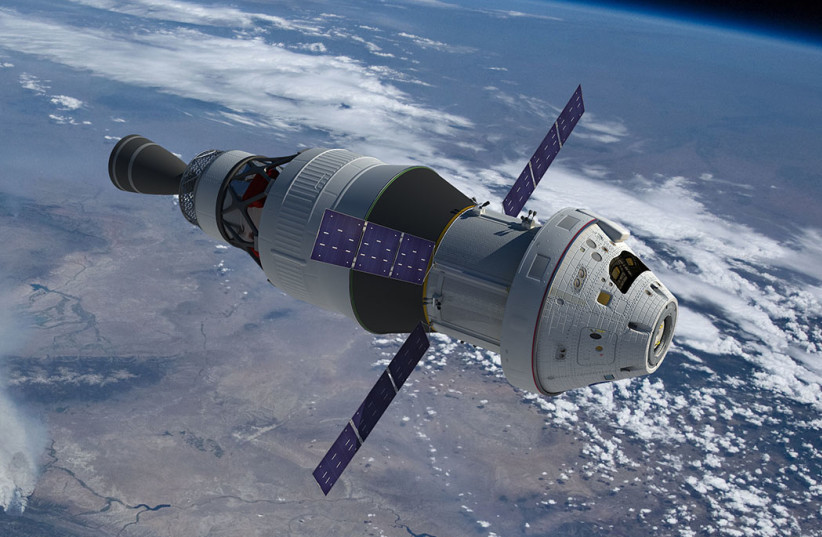When NASA launched an artemis i mission that was not supported to the moon, it would have a small friend for the trip. At the same time carrying the Orion capsule (who will orbit the month), the rocket room launch system will also bring small-sized small shoes called SCOUT ASTEROID near-earth (Nea Scout) which will visit asteroids. This small satellite is very unusual.
What makes Nea Scout unusual is the propulsion method. Tiny crafts will use solar screens to move through the solar system, mark the first use of this technology for deep spacecraft missions.
The solar screen sounds like something from science fiction, but they are indeed real – and they work. They consist of a very thin and very light screen that is very reflective. Photon light from the sun crashes into the screen and pushes the craft forward.
The process involved in moving with a solar screen is much slower to start than other propulsion methods, but this is very efficient, and allows craft sailing into space without the need to bring fuel with them. The solar screen has been used by spacecraft in practice in real life missions such as Lightail 2!
The Nea Scout mission will deploy the solar screen size of the Racquetball field to visit an asteroid called 2020 GE, smaller asteroids under 60 feet (18 meters). This asteroid is classified as an asteroid near the earth, meaning that it will approach our planet, and the Nea Scout mission will be equipped with a camera to collect data on the size, form, rotation, and its surface properties.
It is important to learn more about middle-sized asteroids such as 2020 GE because most asteroid studies focus on larger asteroids.
“Thanks to the Discovery of NEAS by Earth-Based Observatory, some targets have been identified for the NEA Scout, all in the range of 16-to-100 meters],” said Julie Castillo-Rogez, an investigator of the science of school mission in the NASA Jet Propulsion Laboratory in South California (via JPL). “2020 GE represents the asteroid class that we currently know very little.”
Learning the size of this asteroid can help researchers better understand how to protect the earth from the potential for asteroid impacts. “Although large asteroids are very concerned about the perspective of the planetary defense, objects such as 2020 GE are far more common and can pose a danger for our planet, even though its size is smaller,” said Castillo-Rogez.
As well as investigating the asteroid, this mission will also show how the solar screen can be used for future mission. One advantage of a slower mission speed is that it will pass asteroids slowly, allowing more researchers to collect data. And NASA has a plan for more solar screen missions in the future, including the mission of Solar Cruiser who plans to start the journey to the sun in 2025.
Nea Scout will be launched together with the Mission of Artemis I, currently it is expected to be launched this year.

